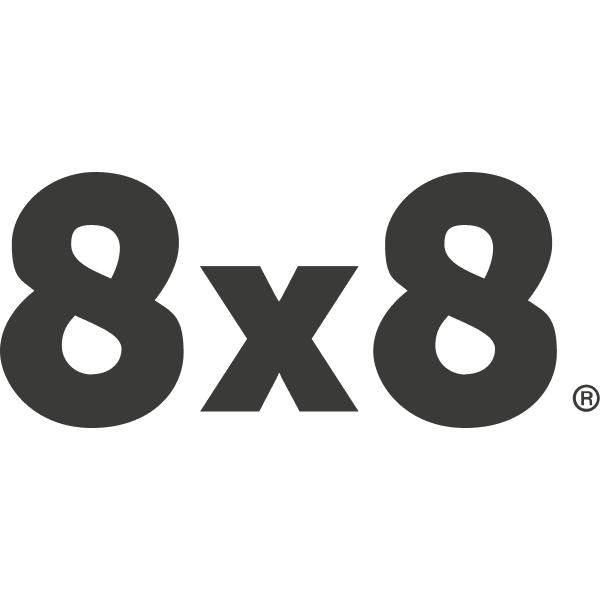What Is a Cost Center and Why Should Your Business Have One?

What is a cost center and why should your business have one?
For many businesses, cost centers are effective tools for increasing operational efficiency and improving customer satisfaction. Although these departments don’t directly contribute to a company's revenue, they can potentially impact its overall profitability. So, what is a cost center and why should you have one? Keep reading to find out the benefits of cost centers and how you can get started setting one up.
What is a cost center?
A cost center is a unit within a company that costs money to run but doesn’t directly contribute to the business's revenue stream. These units don’t typically involve client-facing services and they aren’t involved in the production of salable goods. Cost centers are often smaller than full departments, and a single department may include multiple cost centers. In fact, even a single HR employee can constitute a cost center.
A cost center’s impact on a company’s profitability generally comes from its ability to enhance operational efficiency and improve the overall customer experience. Although cost centers may serve other purposes, their main function is to track departmental or business unit expenses and compare them to the overall budget. Information obtained by cost centers is only used internally.
The following units may be considered cost business centers:
- Finance
- IT
- Marketing
- R&D
- Logistics
- Procurement
- Human resources
- Quality Control
Cost center advantages and disadvantages
If you’re adding one or more cost centers to your business, you should consider the advantages and disadvantages that come with them. By understanding the potential benefits and pitfalls, you can plan accordingly so you can get the most for your money.
The advantages of maintaining one or more cost centers may include:
- Increased accountability: Cost centers run comparisons between budgets and actual spending, and any variances must be accounted for. By creating accountability, cost centers can help companies reduce unnecessary spending to keep overhead down.
- More effective troubleshooting: Because costs are tracked in detail and grouped into responsibility areas, it’s easier to troubleshoot problem areas to keep your business running smoothly. The analytics that result from tracking can also help pinpoint areas where efficiency can be improved so management can allocate resources accordingly.
- Better operational efficiency: By closely monitoring expenses, measuring departmental performance and promoting responsibility, cost centers can help business owners implement new processes and technology, manage staff and increase operational efficiency throughout their organizations.
Cost centers may also have disadvantages:
- Increased expenses: Cost centers incur expenses the same way other departments do, and if they aren’t properly managed, they can quickly drain a company’s resources.
- Reduced morale: Because cost centers don’t contribute directly to a company’s profitability, they can attract criticism from employees in other departments. This can impact the morale of workers inside and outside of the cost center, potentially leading to decreased productivity.
Although every business is different, the potential advantages of cost centers generally outweigh the disadvantages, and many of the pitfalls associated with these units can be mitigated with proper planning and oversight.
How to set up a cost center through the 8x8 admin console
Ultimately, almost every business will require one or more cost centers to run smoothly and create a positive customer experience. With 8x8’s admin console, you can easily set up the cost centers needed to meet your business's unique requirements. By selecting the appropriate billing option, downloading and completing the relevant template and assigning services, you can quickly get your cost centers up and running. Learn more about how to create new cost centers using the 8x8 admin console.


